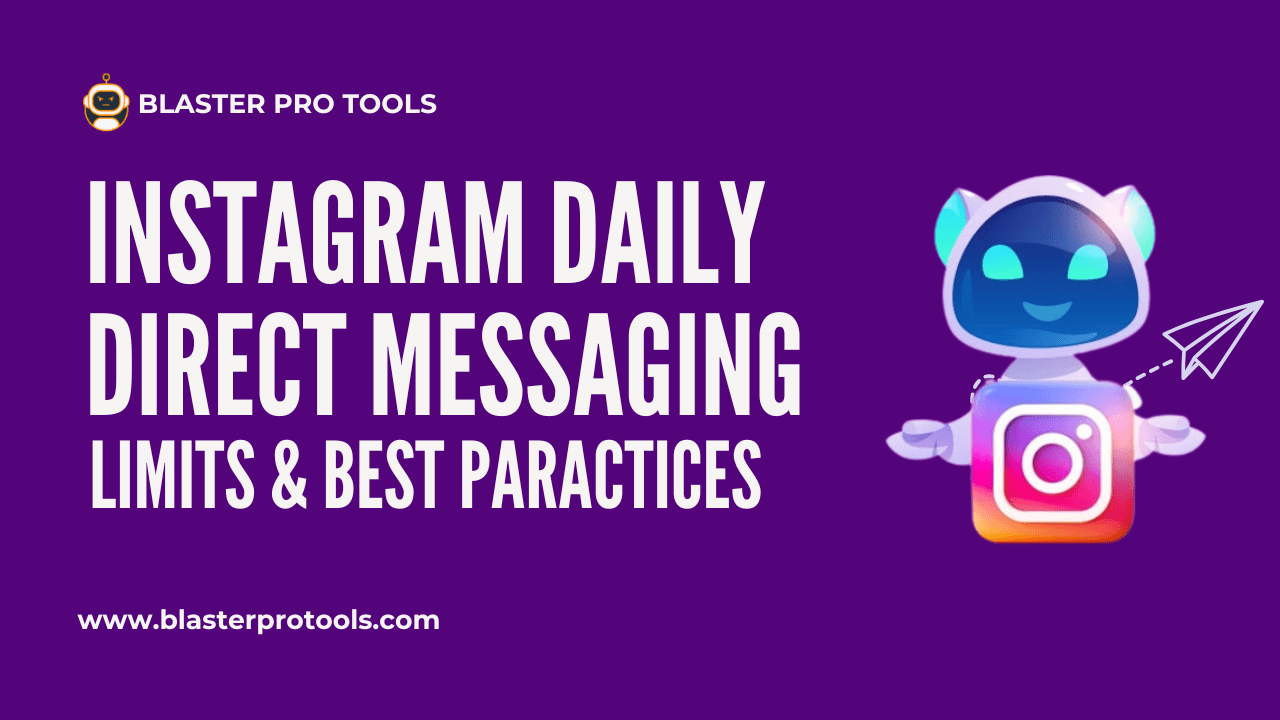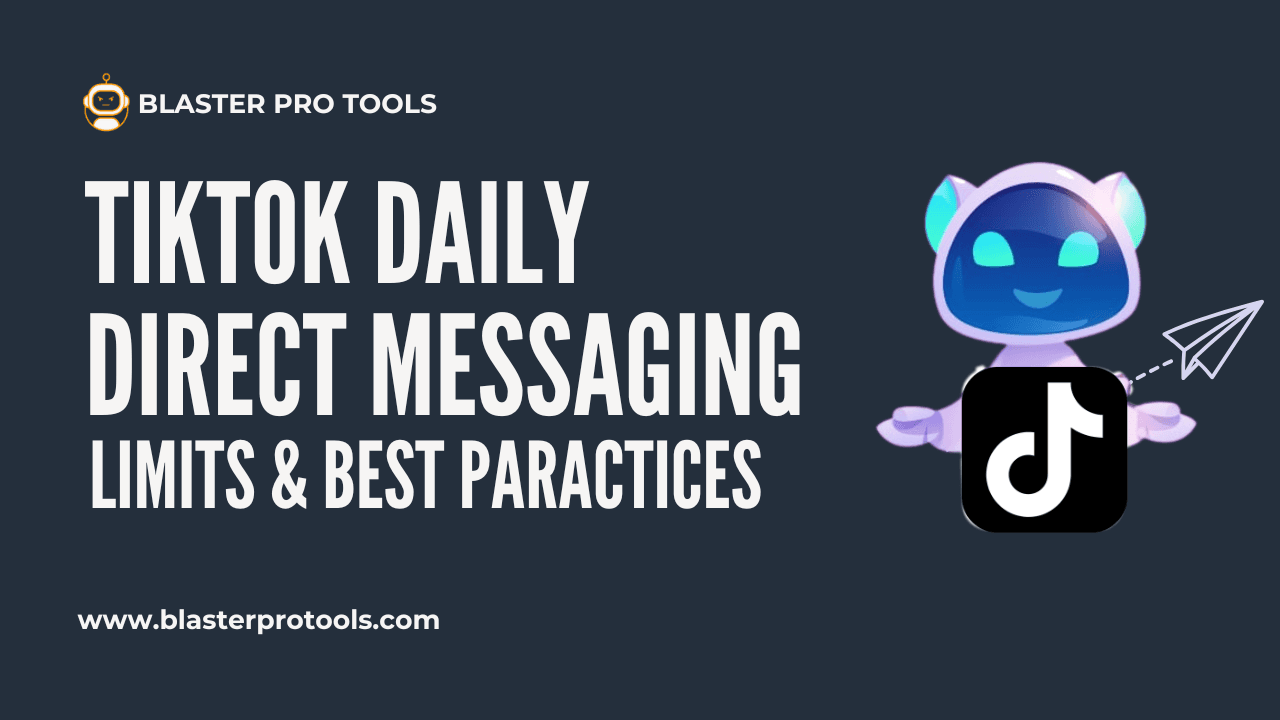Facebook Groups Posting Limits and Best Practices
Learn the latest Facebook Groups posting limits and discover best practices to stay safe, avoid spam flags, and engage effectively. This 2025 guide covers AI detection, admin approvals, and tips for meaningful group interactions.
Understanding Facebook Groups Posting Limits and Best Practices in 2025
Facebook Groups remain one of the most powerful platforms for building communities, sharing ideas, and promoting content. However, to maintain the quality of interactions and prevent spam, Facebook enforces strict posting limits, AI-driven content moderation, and admin approval workflows.
In this guide, you’ll learn how many posts you can make safely, what triggers spam detection, and best practices to stay effective and compliant in 2025.
How Facebook Detects Spammy Posts in Groups
Facebook uses AI-powered algorithms to identify potentially spammy or low-quality posts. These algorithms consider multiple factors:
- Posting Patterns: Repeatedly posting identical content across groups or in the same group can trigger spam detection.
- Content Quality: Posts with excessive promotion, suspicious links, or repetitive phrases are flagged more often.
- Account Reputation: New or low-engagement accounts are scrutinized more strictly than established, trusted users.
- Engagement & Feedback: Posts reported as spam or hidden by members are quickly flagged.
- Historical Behavior: Accounts previously flagged for spam are monitored more closely.
This AI system continuously adapts, combining natural language processing, image analysis, and behavioral signals to improve accuracy and reduce false positives.
Facebook Group Post Approval Workflow
When a post is flagged, it may not appear immediately. Instead, it enters an admin approval workflow:
- Post Holding: Flagged posts go into a queue for moderators to review.
- User Notification: Posters are informed their content is pending approval and is invisible to other members.
- Admin Review: Moderators assess relevance, compliance with group rules, and potential spam indicators.
- Approval or Rejection: Approved posts appear in the group; rejected posts may trigger warnings.
- Repeated Offenses: Users who repeatedly post flagged content risk temporary or permanent posting restrictions.
Admins can also customize group settings to automatically hold posts with links, keywords, or content from new members for approval.
Facebook Groups Posting Limits in 2025
Understanding posting limits is key to avoiding spam flags or temporary restrictions:
Posting Limits by Account Type:
- New Accounts (under 30 days): It’s recommended to post fewer than 5 times per day across all groups, and no more than 3–4 groups at the same time.
- Established Accounts (over 180 days): You can safely post 10–20 times per day across multiple groups, but still limit simultaneous posting to 3–4 groups.
High-Risk Posting Patterns: Posting the same content repeatedly or posting in too many groups at once can trigger Facebook’s automatic restrictions.
Simultaneous Posting: You should post to a maximum of 3–4 groups at the same time, whether using Facebook directly or approved third-party tools. Exceeding this limit may result in temporary posting blocks or shadowbans.
Common Triggers That Lead to Posts Being Held for Approval
Facebook flags posts for approval when they contain:
- Overly promotional or sales-focused content.
- Duplicate content across multiple groups.
- Links to untrusted or malicious websites.
- Excessive use of emojis, hashtags, or all caps.
- Low-quality media, misleading images, or clickbait.
- Content resembling previously banned or reported posts.
Best Practices for Posting in Facebook Groups
Following these tips can help you stay under the radar and engage effectively:
- Personalize Each Post: Avoid copying the same message across multiple groups.
- Limit Promotions: Focus on adding value rather than aggressive advertising.
- Space Out Posts: Introduce natural delays between posts in different groups.
- Engage Beyond Posting: Comment, like, and interact with other members to build trust.
- Follow Group Rules: Every group has its own content guidelines—adhere to them.
- Use Trusted Links: Share reputable content and provide proper context.
- Monitor Feedback: Posts frequently rejected? Adjust your content strategy.
The Role of AI and Admin Moderation
Facebook’s AI handles large volumes of content and flags potential spam, while human moderators provide contextual judgment. This hybrid approach ensures groups remain high-quality, reduces false positives, and lessens the admin workload.
Conclusion
Facebook Group posting limits and approval processes in 2025 aim to protect community quality and reduce spam. By understanding posting limits, customizing content for each group, and engaging authentically, you can avoid flags, maintain access, and contribute meaningfully.
Respect both Facebook’s automated systems and group-specific rules, and focus on quality, relevance, and spacing of posts. Consistent adherence ensures your account remains trusted, your posts get seen, and your group interactions remain constructive.
Recommended For You

Instagram Direct Messaging Limits and Best Practices
Discover Instagram’s direct messaging limits and follow best practices to send messages safely, avoid account flags, and maintain healthy engagement in 2025.

TikTok Direct Messaging Limits and Best Practices
Learn TikTok’s 2025 direct messaging limits, rules, and best practices to send messages safely, avoid penalties, and maintain account health.